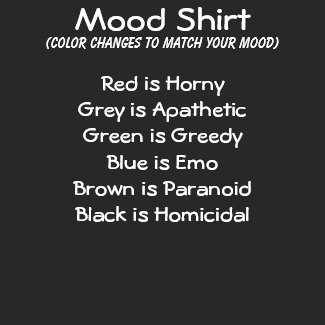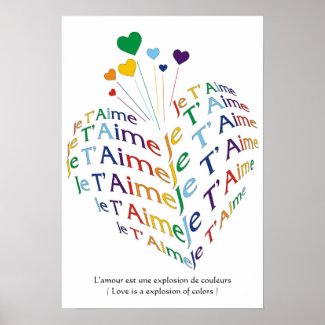In 1973 John Lee wrote the
Colors of Love, a book that explained different styles of love. John Lee associated these styles with colors by dividing the types of love into primary
colors of love and secondary colors of love. The primary styles of love are eros, ludus, and storge.
Eros Love
Eros is includes passion, beauty, intimacy, physical attraction, and intensity. Erotic lovers love so intensely that they risk living in a fantasy world. To other people, they appear to be so unrealistic and idealistic. But the erotic lover may be unaware of the problem. An erotic lover tends to have higher expectations and has the ability to be blind to a person's imperfections, that is until the passion and excitement finally fades.
After the high feeling wears off, the person is now fully aware of the other person's imperfections. Because of this, the erotic lover may feel disappointed, depressed, empty, and unsatisfied.
There is nothing wrong with being an erotic lover, but you should make sure to keep yourself in check.
Advice for the Erotic Lover
Ludus Love
Ludic lovers view love as a game and are known as players. Ludic lovers are careful to not allow any emotional intensity in their lives. They are abhorred by the thought of being tied down, easily cheat, and recover from break ups easily. In essence, a ludic lover keeps his heart guarded, so that he cannot be hurt. The major problem with doing this is you are unlikely to find real love, because true love requires being honest and open with your partner. Not a single person is not vulnerable when it comes to truly loving someone.
Advice for the Ludic Lover
Storge Love
Storge love evolves from a friendship slowly, so slowly that you cannot tell exactly when the romantic relationship began. Storgic lovers place an importance on commitment, trust, and respect. In addition, storgic lovers tend to think of their partners as their best friends.
While storgic love is a strong and long lasting love, passion can sometimes be lacking.
Advice for the Storgic Lover
Pragma Love
In contrast to erotic lovers, pragmatic lovers use their head to choose their partners instead of their hearts. This means that they have a list of things that they are looking for in a partner. Pragmatic lovers are realistic, logical, and rational.
The disadvantage of being a pragmatic lover is that passion and intimacy can be missing.
Advice for the Pragmatic Lover
Mania Love
Manic love is an obsessive type of love, therefore unhealthy in most cases. In general, manic lovers have low self esteem and think that their partner's love will alleviate these self esteem issues. Because manic lovers become so dependent and attached to their partners, they can suffer from depression and anxiety when the relationship ends.
Advice for the Manic Lover
Agape Love
Agape love, the rarest form of loving, is a very selfless and patient love. Agapic lovers would do anything for their lovers, perceive sex as a very special act, and don't expect anything in return. Religiously, agapic love tends to be praised. However, when it comes to a romantic relationship agapic love can be unhealthy. This is because the agapic lover may not have his needs met and may be used and walked all over.
Advice for the Agapic Lover












